Lower back pain, pain in the area from the lower ribs to the gluteal crease, is a common condition and one of the leading causes of disability in adults.
This article was professionally reviewed by Dr. Nguyen Phoi Hien, University Medical Center of Ho Chi Minh City - Branch 3.
Reason
Lower back pain is often caused by pathologies in the spine or the muscles and ligaments surrounding the spine. In most cases, back pain has a mechanical cause, the most common of which is lumbar spinal degeneration.
- Nonspecific back pain (stiffness back, lumbar sprain): Often starts after injury such as lifting heavy objects or twisting movements.
- Spinal degeneration.
- Herniated disc.
- Spondylolisthesis.
- Spinal stenosis.
- Diffuse idiopathic osteogenesis: Characterized by calcification and ossification of ligaments and tendon attachments along the spine.
- Neoplasms: In some patients, the tumor may compress the lumbar radiculopathy or cauda equina syndrome.
- Infections: Infectious spondylodiscitis and epidural abscesses can also cause radiculopathy or cauda equina syndrome.
- Inflammation: A group of inflammatory diseases of the spine that cause back pain.
- Osteoporosis and other bone diseases.
- Referred pain: Certain vascular, digestive, genitourinary, and retroperitoneal conditions can sometimes cause back pain.
Clinical manifestations
- Back-ache:
* Mechanical back pain: Due to anatomical or functional abnormalities of the spine, not due to inflammatory or malignant diseases. The pain is usually worse with movement and standing or sitting, and decreases with rest and lying down (95%).
* Inflammatory back pain: Commonly seen in inflammatory spinal conditions, affecting men under 40. The pain is accompanied by spinal stiffness upon waking, lasting over 30 minutes, and worsening in the middle of the night or early morning. This condition improves with movement but does not subside with rest.
- Sciatica: This is a syndrome characterized by pain along the path of the sciatic nerve. The pain originates in the lower back and radiates to the outer or back of the thigh, the outer or back of the lower leg, the outer ankle, the heel, and even the toes.
Consequence
Depending on the cause, there may be different consequences:
- Limited spinal range of motion.
- Loss or reduction in the ability to work.
- The pain is prolonged.
- Cauda equina compression syndrome.
- Progressive leg weakness.
- Muscle atrophy.
Characteristic
- Lower back pain may or may not be accompanied by sciatica.
- Whether treatment can completely cure the condition depends on the cause.
* Acute back pain: The prognosis is usually very good, with over 90% recovering within 8 weeks of treatment.
* Chronic back pain: Many patients with chronic back pain maintain their mobility and can work normally, but the pain is often not completely eliminated.
Treatment
- Modern medicine: Symptom treatment involves using anti-inflammatory drugs, pain relievers, muscle relaxants, and surgery in cases of cauda equina compression syndrome, progressive leg weakness, muscle atrophy, and failure to respond to medical treatment after 6-8 weeks.
- Traditional medicine: Depending on the cause of the disease and clinical manifestations, and depending on the specific syndrome in each individual, there will be an appropriate treatment method.
* Medication: Traditional Chinese medicine uses herbs that dispel wind, disperse cold, eliminate dampness, promote qi circulation and blood flow, and nourish the liver and kidneys, such as the formulas Du Huo Tang Ji Sheng Tang, Shen Tong Zhu Yu Tang, Yi Yi Ren Tang combined with Er Miao San...
* Non-drug treatments: Acupuncture (micro-needling, electroacupuncture, auricular acupuncture, thread embedding, laser acupuncture, hydro-acupuncture), massage, etc.
Preventive
- Maintain an upright spinal posture when sitting or standing for long periods; consider wearing a back support belt.
- Avoid prolonged exposure to cold and damp conditions.
- Avoid sudden movements, incorrect posture, and heavy lifting.
- Practice swimming or yoga to increase the strength and endurance of your back muscles.
- Promptly treat degenerative spinal diseases to prevent sciatica.
America and Italy
Source link







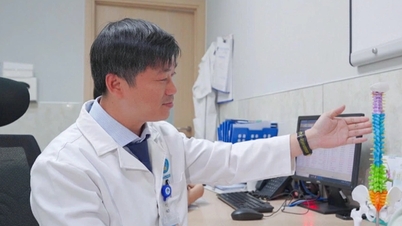








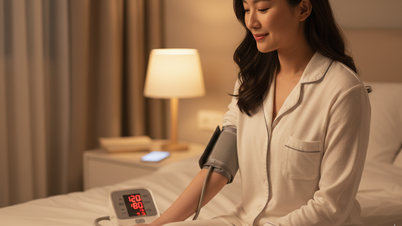



























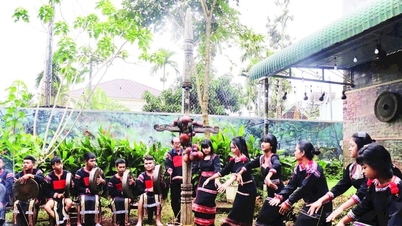














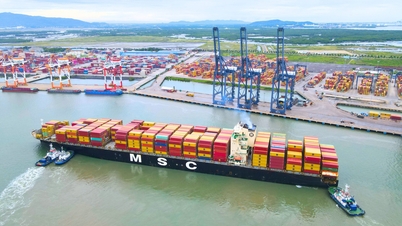





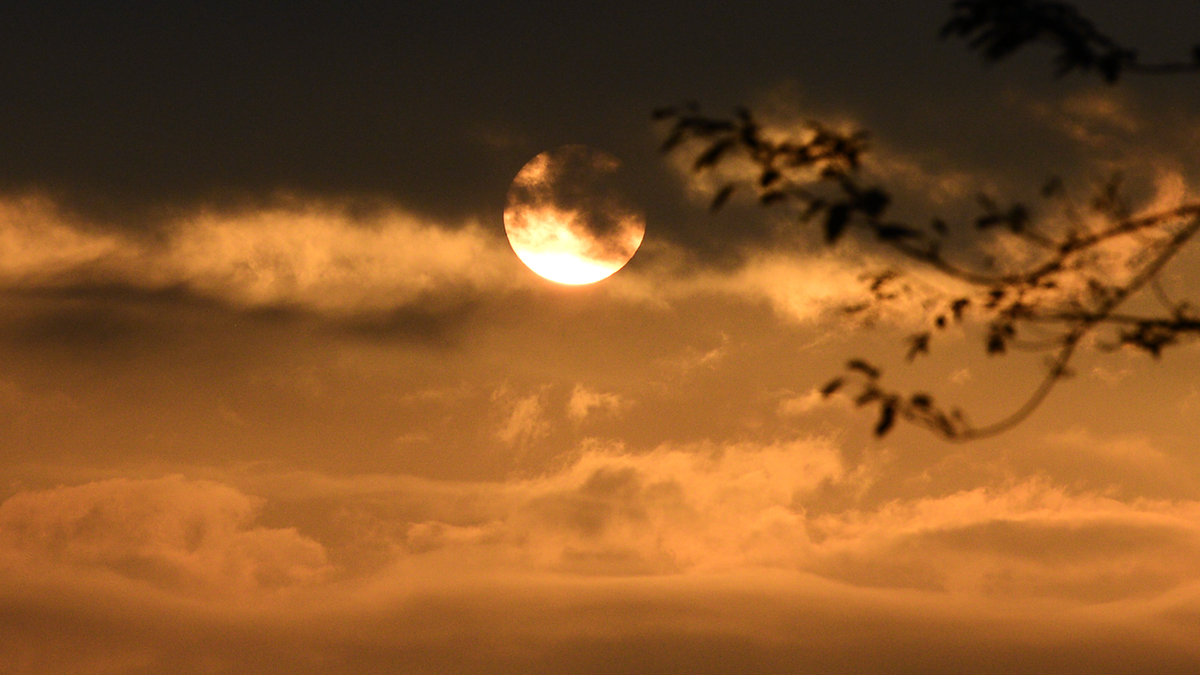





















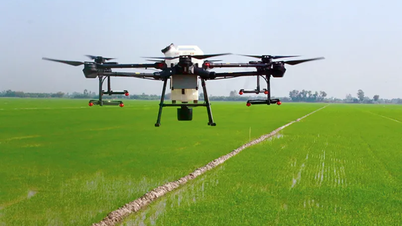





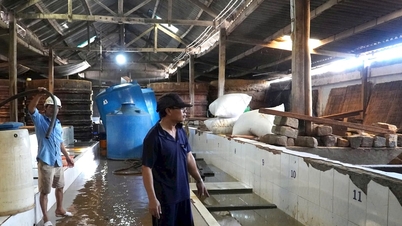











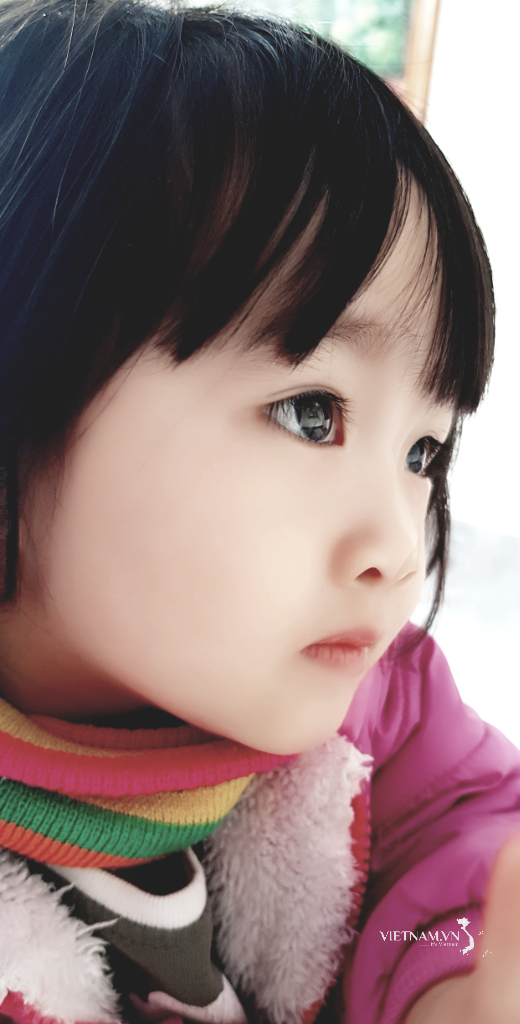


Comment (0)